Lucy Grows into Lucile
Lucy Christiana Sutherland was born in London in 1841. Her mother moved back to Ontario, Canada, after the death of her father. The family moved to the Isle of Jersey when her mother remarried.
Lucy married James Stuart Wallace in 1884 and gave birth to a daughter, Esme, in 1885. The marriage didn’t last. After divorcing in 1893, Lucy provided for her daughter by becoming a dressmaker. This was an extension of a passion for fashion she had since she was a child. She made dresses for her dolls, her sister, and herself.
After working from her mother’s apartment for a year, Lucy opened her first dress shop at 24 Old Burlington Street, located in the heart of London’s West End. By 1897 she opened a larger shop at 17 Hanover Square. Eventually, she moved into even larger quarters at 14 George Street. She incorporated as Lucile Ltd. in 1903 and moved to 23 Hanover Square. The business operated out of that location for 20 years.
Lingerie, tea gowns, and evening wear were offered to her wealthy clientele of aristocracy, royalty, and theatre stars. She expanded to New York in 1910, Paris in 1911, and Chicago in 1915. Hers was the first fashion house from across the pond to succeed in the United States, and she was the first to have full-scale branches in three countries.
Innovator
Lucile is the first designer to present theatrical fashion shows. She trained professional fashion models to present her collections on the catwalk. Often, these affairs were invitation-only and included mood-setting lighting, music, souvenirs and programs. Lucile was also innovative. She was the first to give descriptive names to her ’emotional gowns.’ The names were influenced by history, pop culture, and her clients.
According to Dream Dresses, Lucile was known for her ‘luxuriously layered and draped garments in soft fabrics of blended pastel colors, often accentuated with sprays of hand-made silk flowers, which became the hallmark of her work.’ She also created day wear and simple, tailored suits.
Her fashions appeared in early films and on stage. Her famous clients included ballroom dancer Irene Castle, Billie Burke (the Good Witch of the North from the Wizard of Oz and Mrs. Florenz Ziegfeld), and Mary Pickford (known as America’s Sweetheart). She also costumed theatrical and movie productions, such as the Ziegfeld Follies revues on Broadway from 1915 to 1921, and the D.W. Griffith Silent movie, Way Down East.
Lucile stopped designing for the company that bore her name in 1922, but continued to design for individual clients. She also was a fashion columnist and critic and wrote a best-selling autobiography, Discretions and Indiscretions, in 1932. Lucile died of breast cancer complicated by pneumonia at age 71 in 1935.

Sidebar
On a side note, she, her husband, Sir Cosmo Duff Gordon, and her maid survived the sinking of the Titanic. Although their survival was surrounded by controversy, this controversy did not affect the business and it continued to prosper. She was supposed to sail on the Lusitania, but canceled her trip due to illness. As a child, she and her sister survived a shipwreck on the way back to Jersey in 1875 after visiting relatives in London. The ship ran aground in a gale.
Gallery updated March 6, 2019
Here are some Recollections fashions inspired by the popular fashions women wore during Lucile’s career.
Credits and More Information
“Dream Dresses”, Philadelphia Museum of Art (1998). Best Dressed. 22
http://www.lucileladyduffgordon.com/

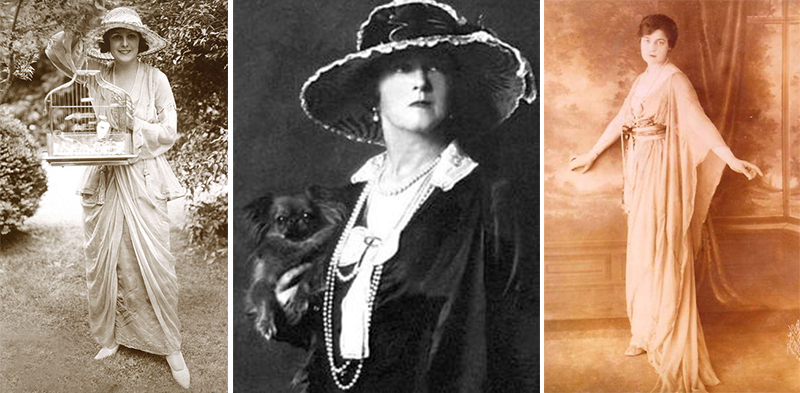

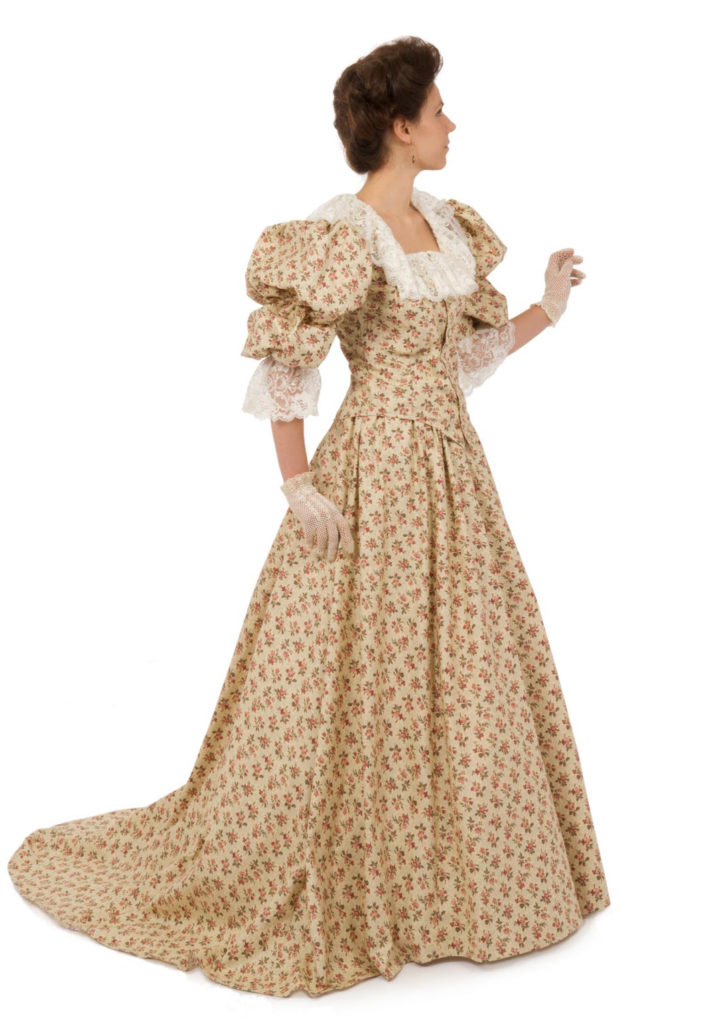
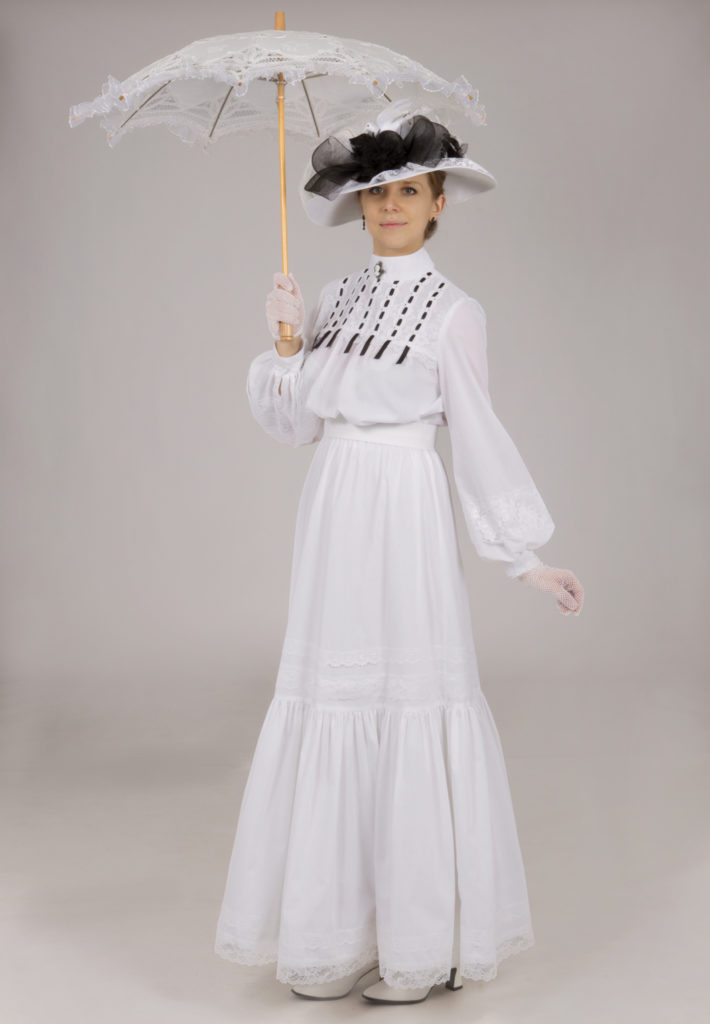
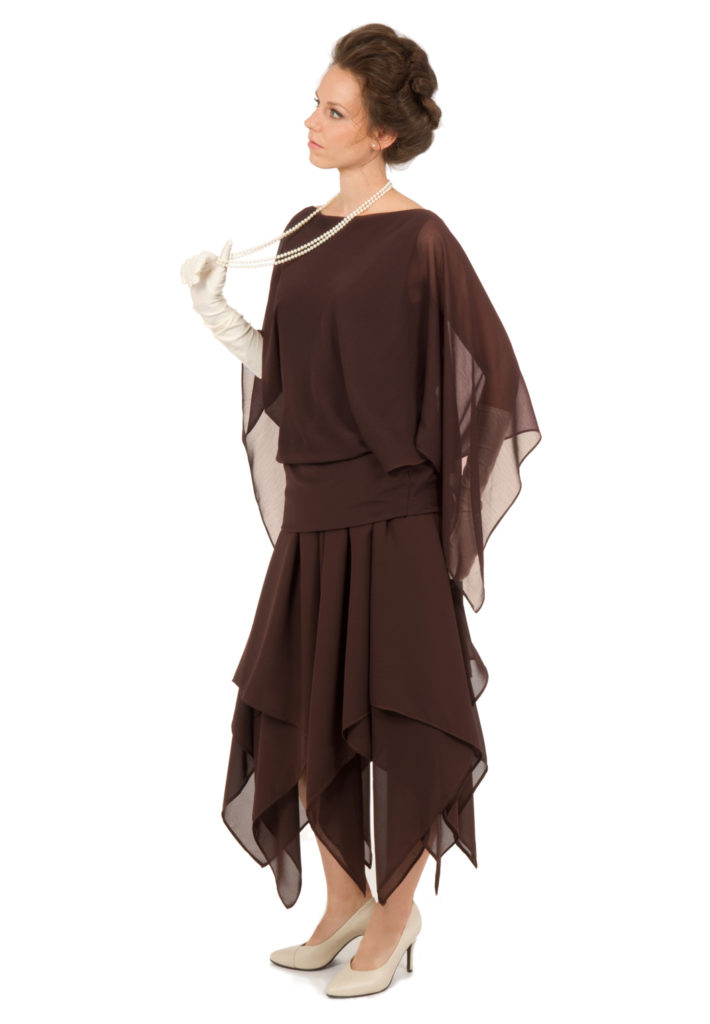





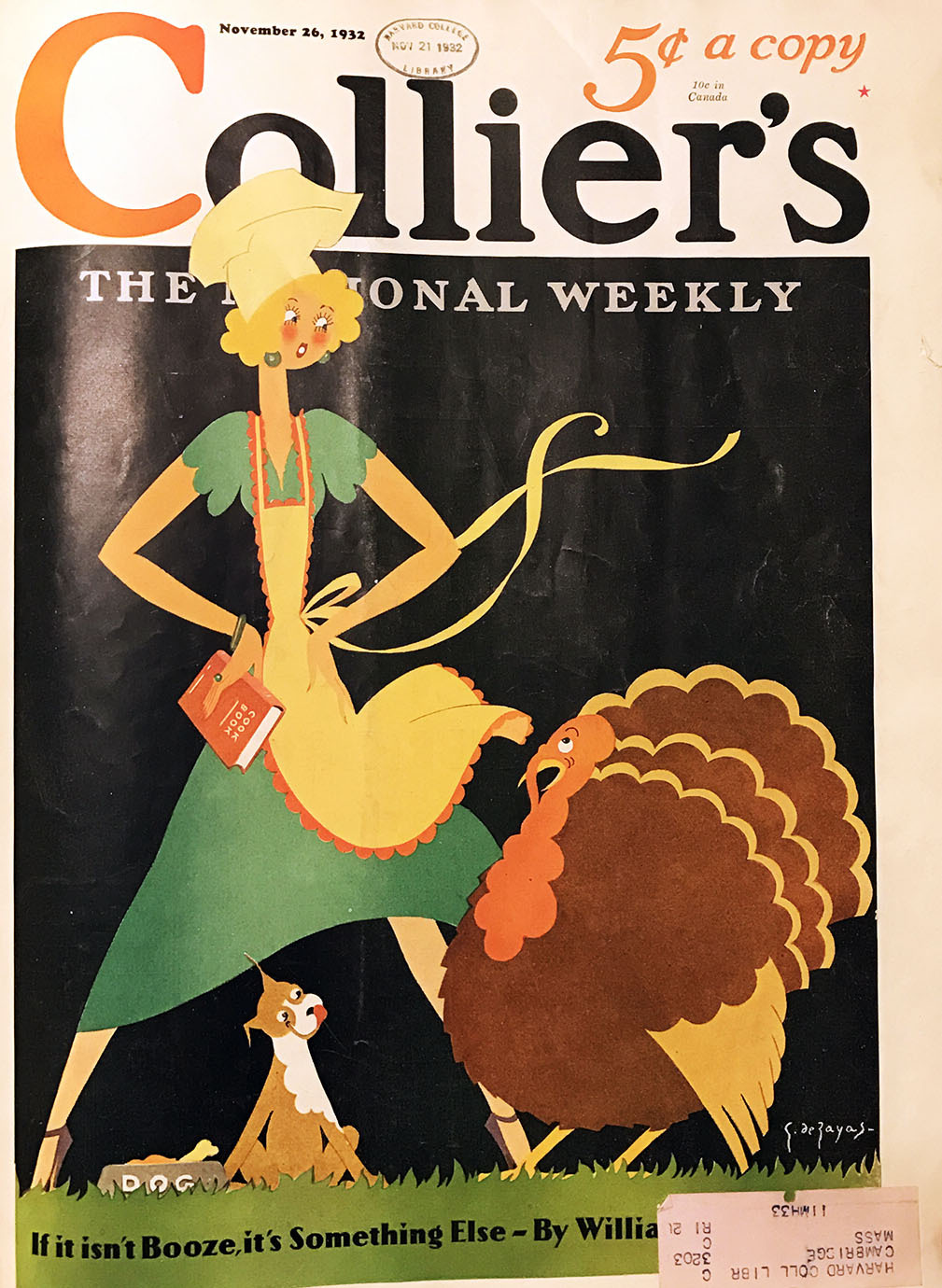
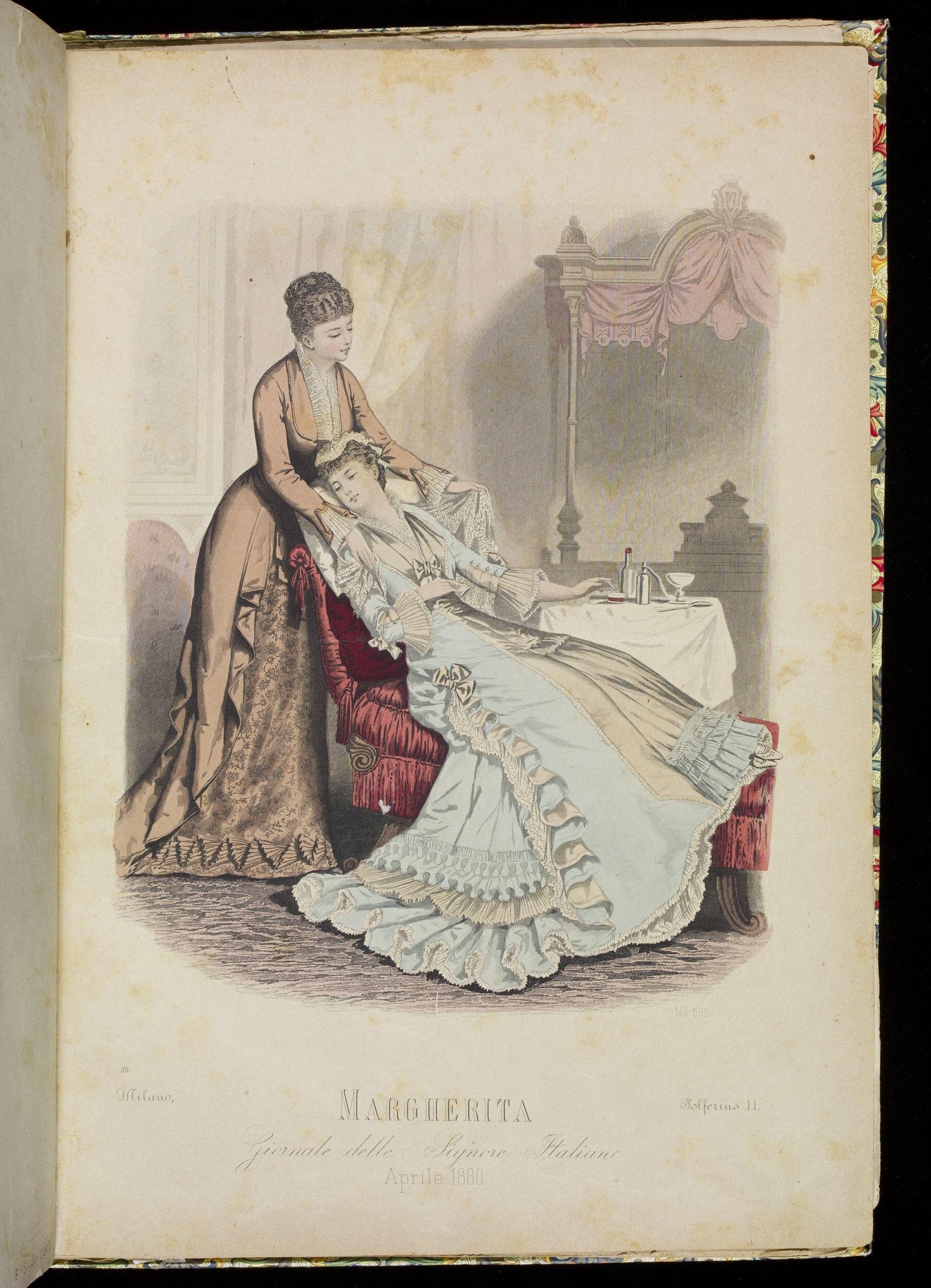


Leave A Comment